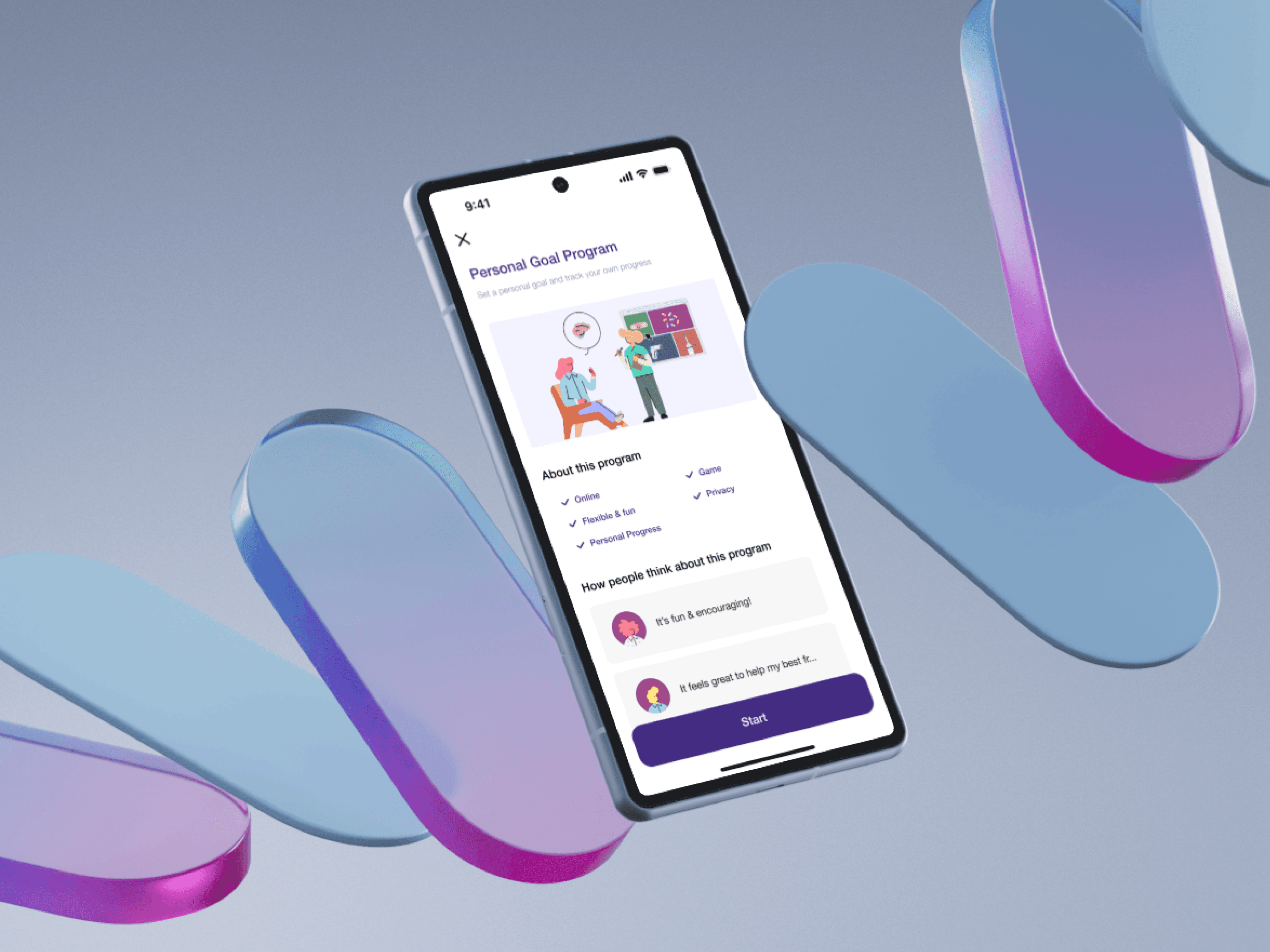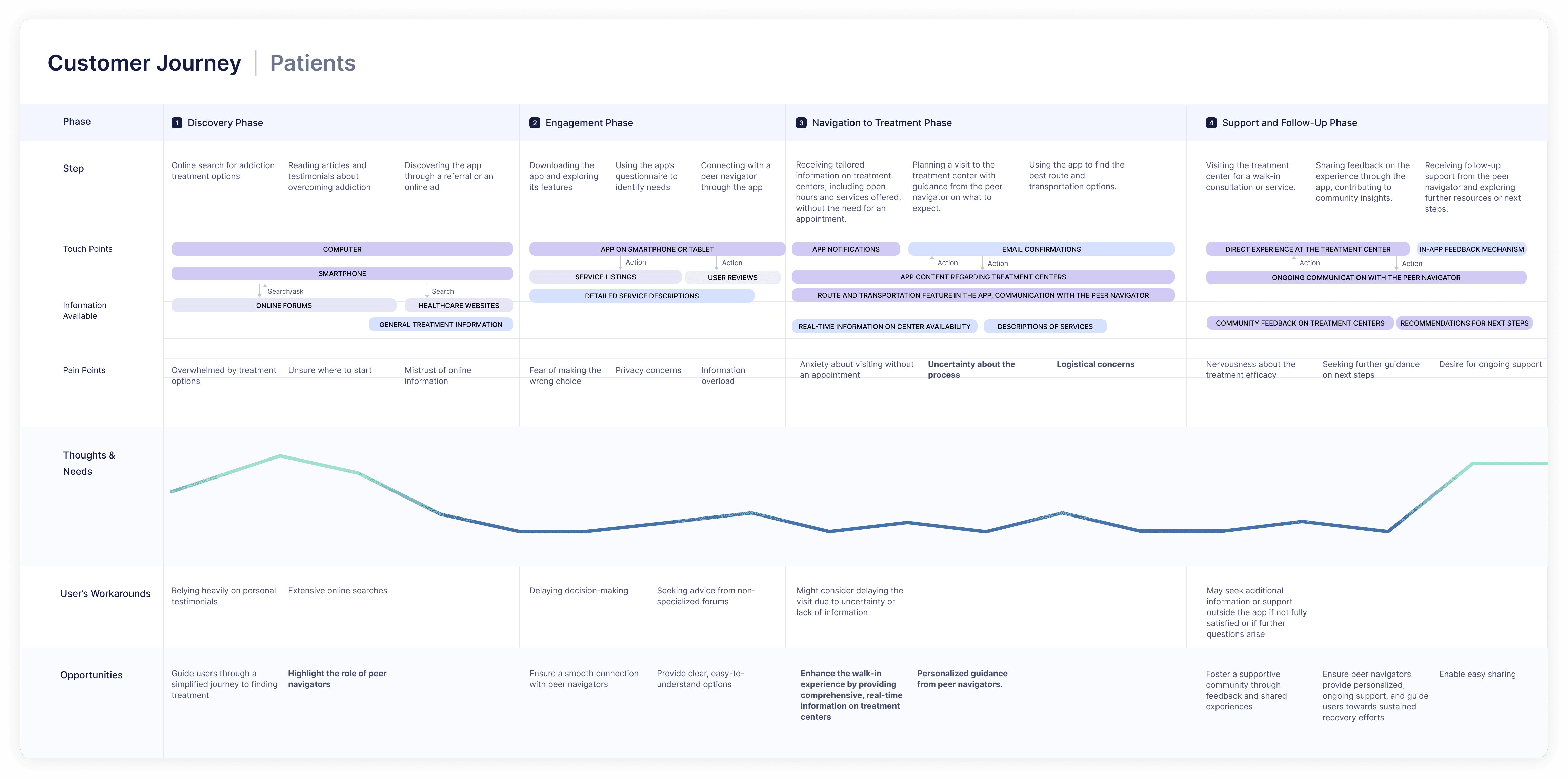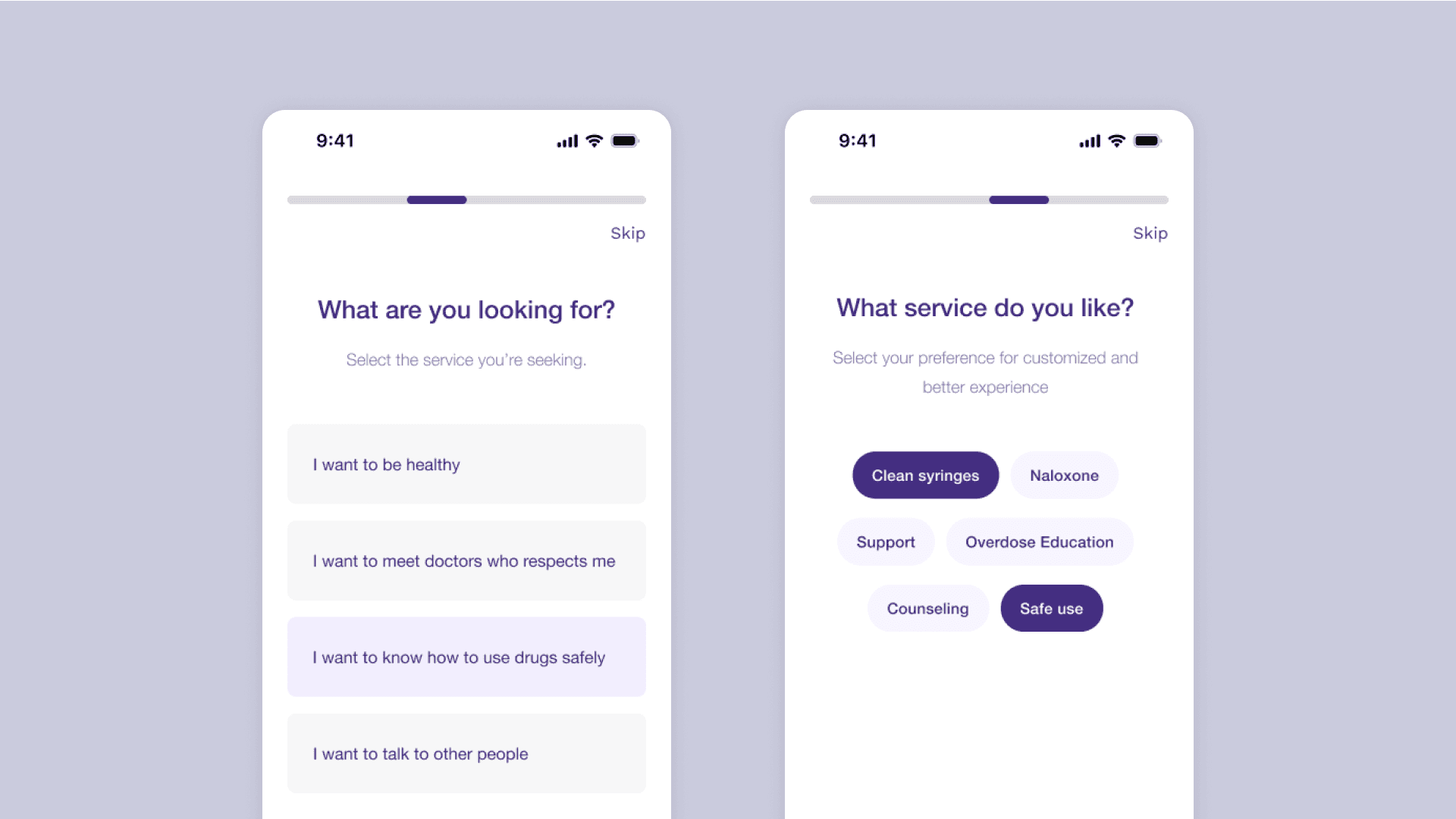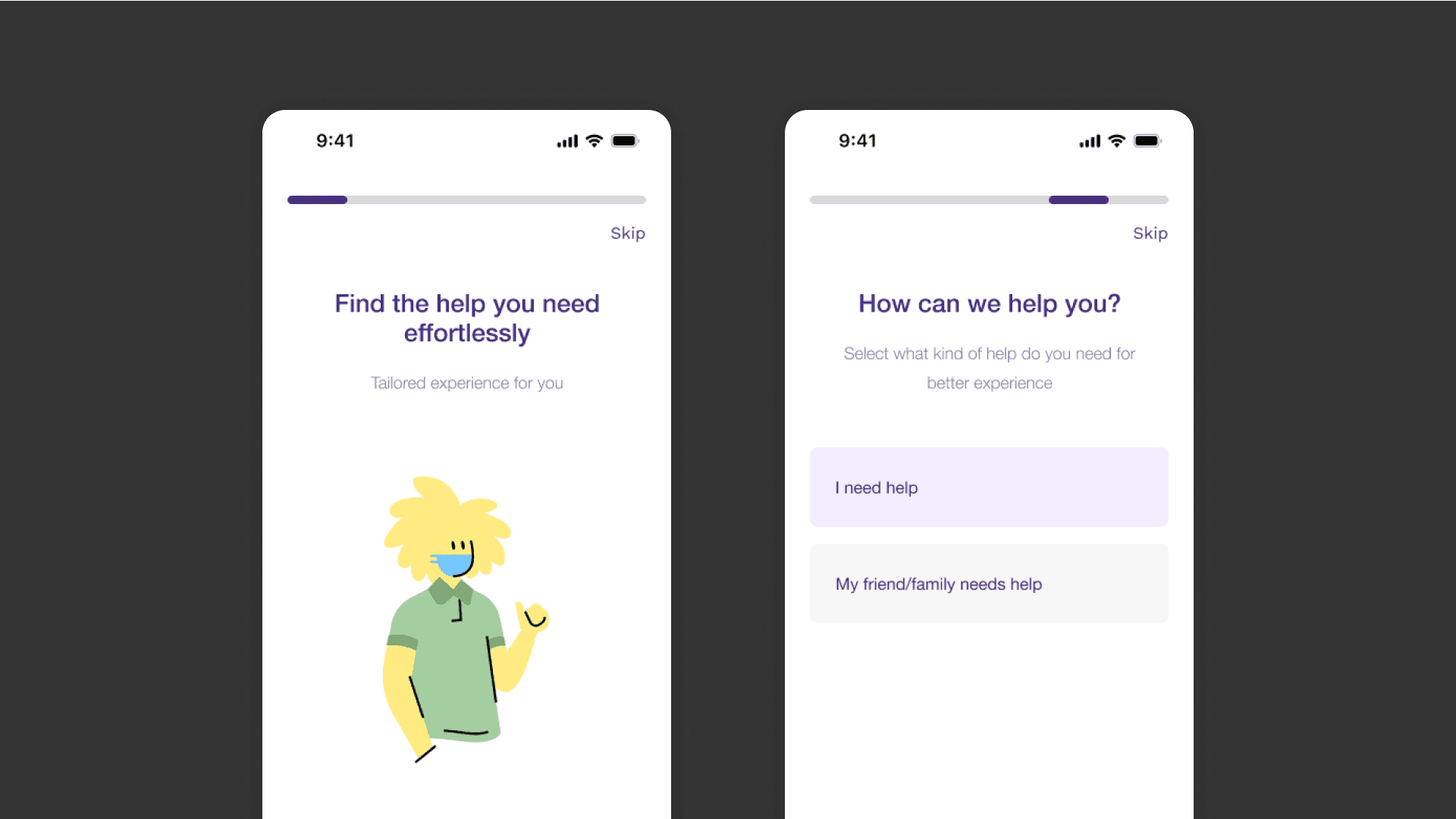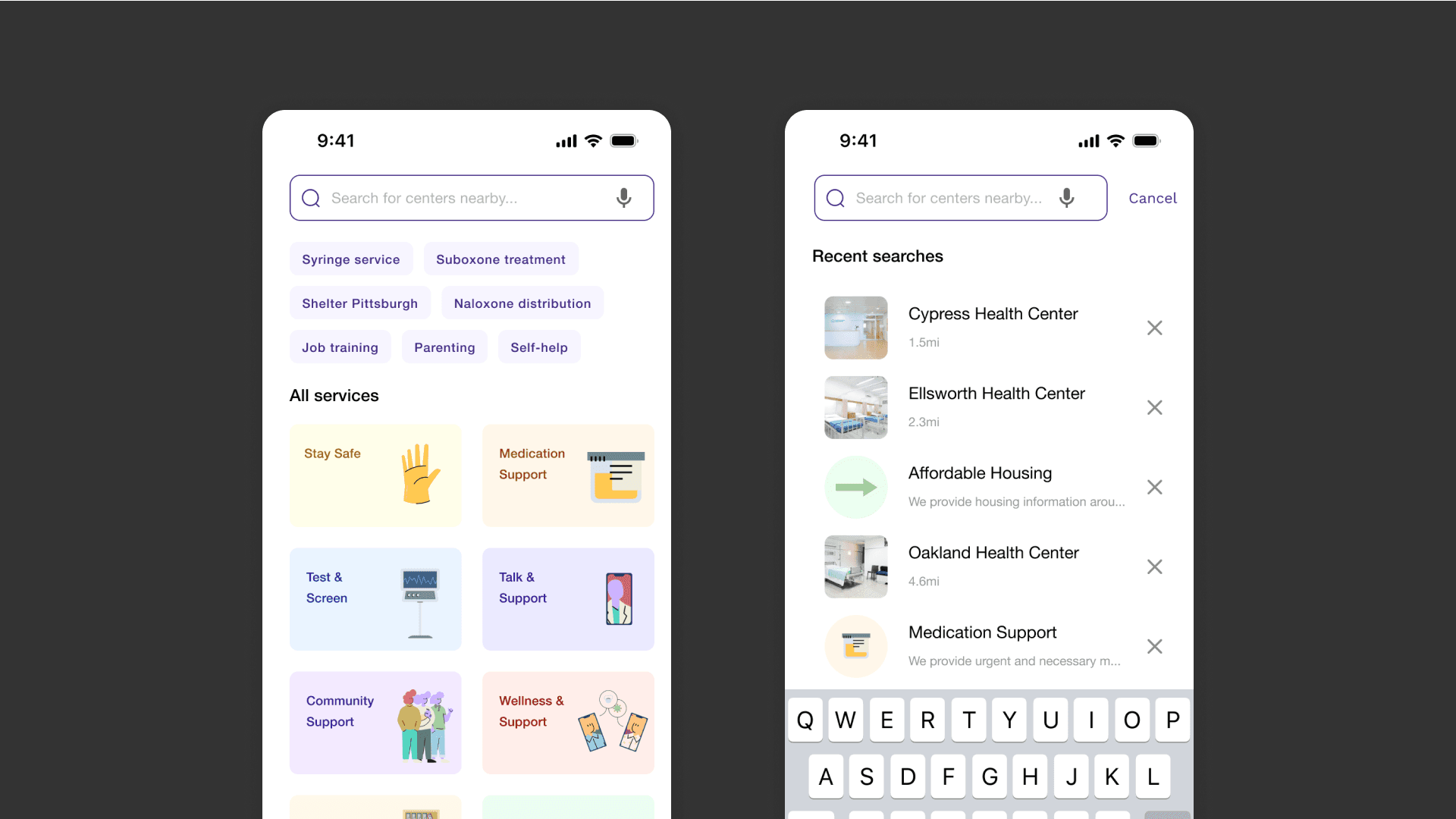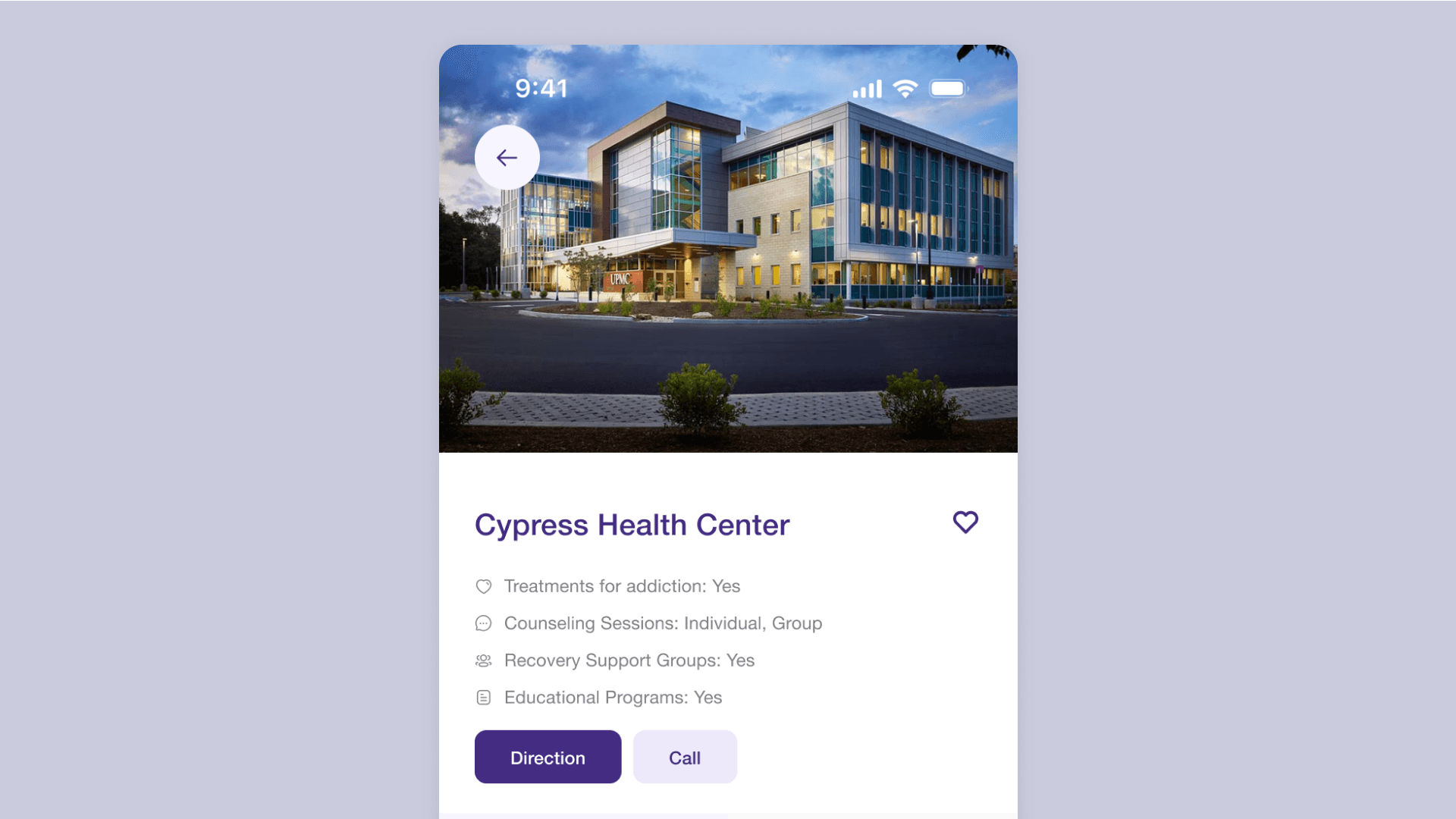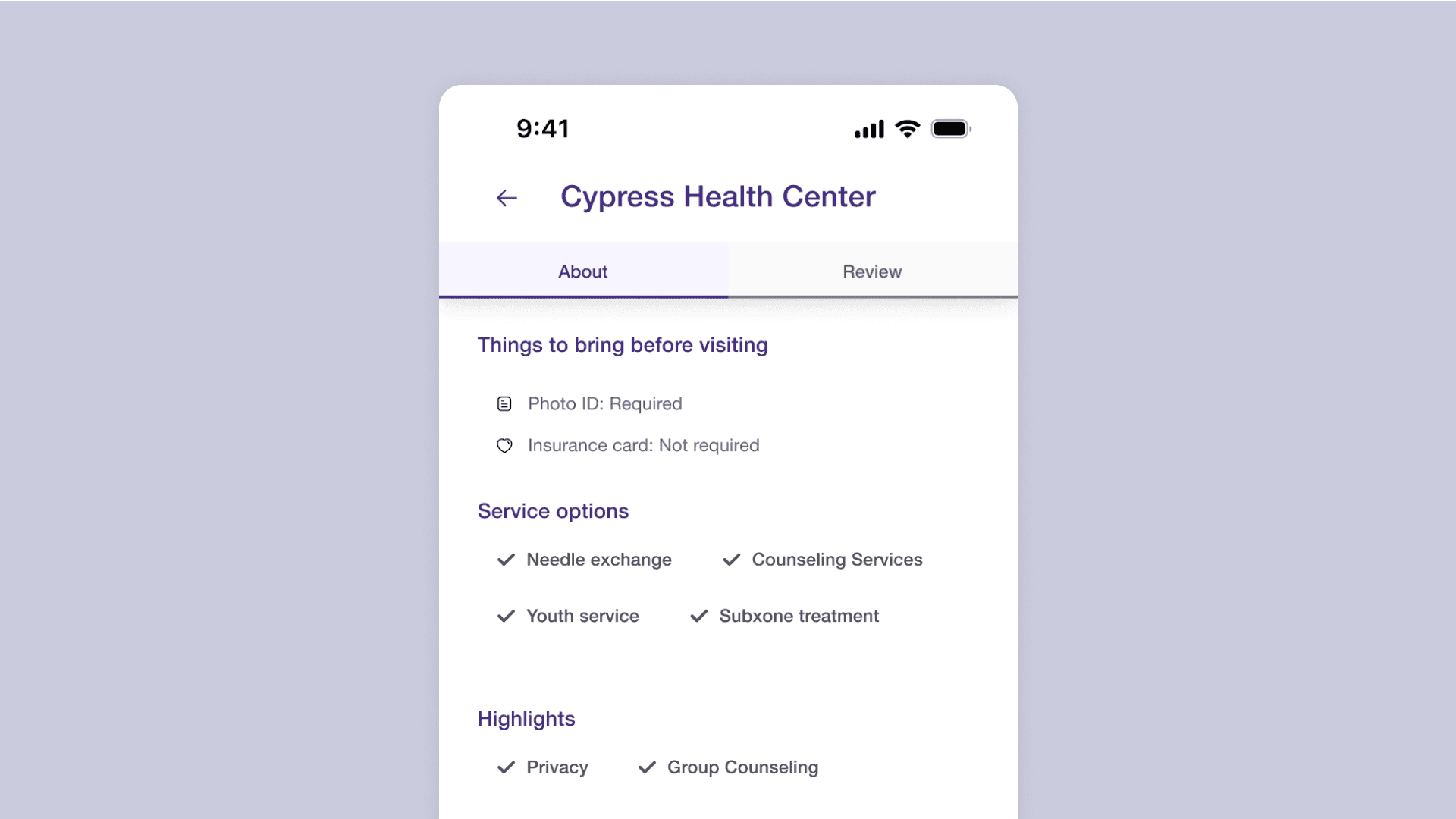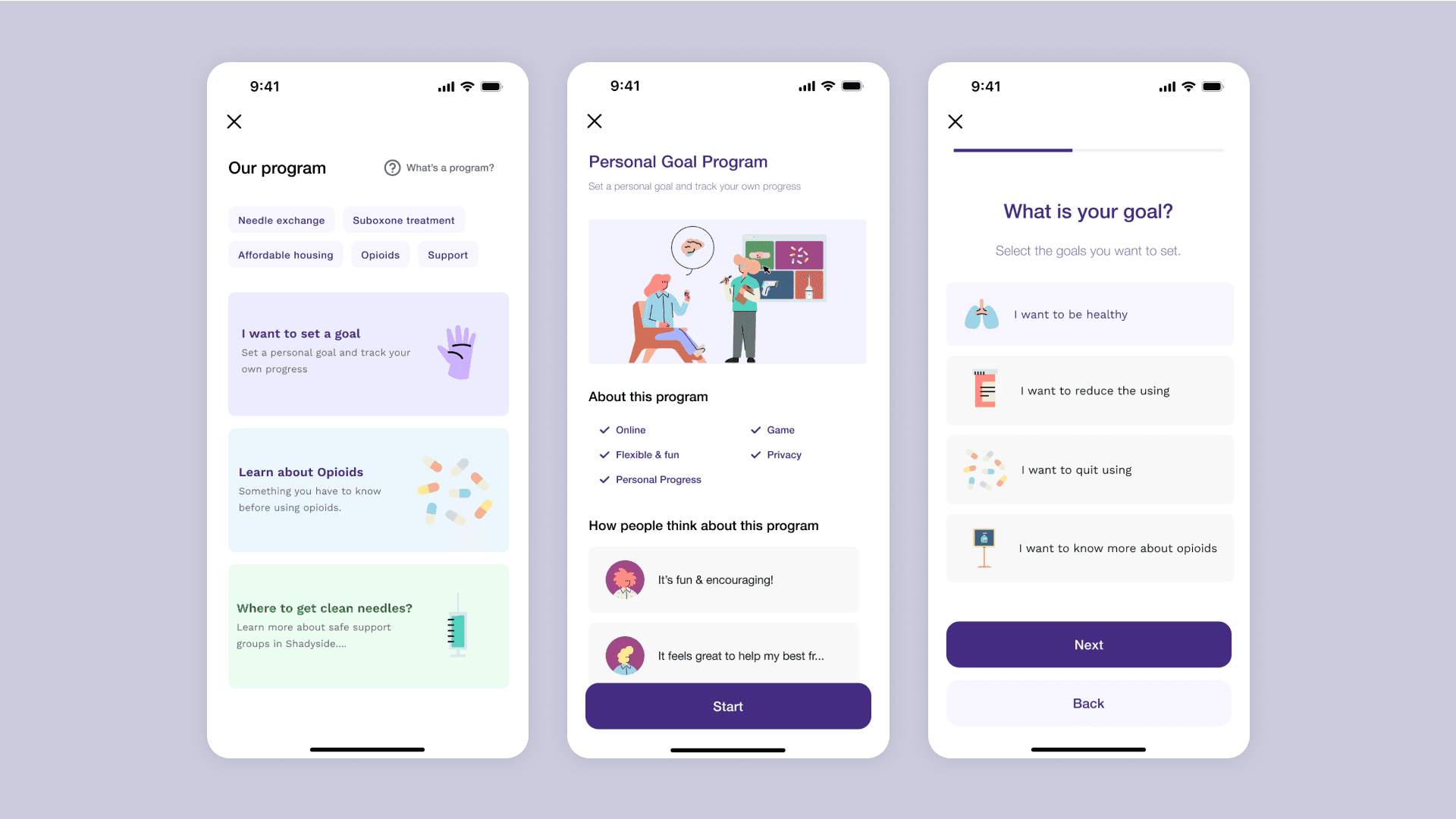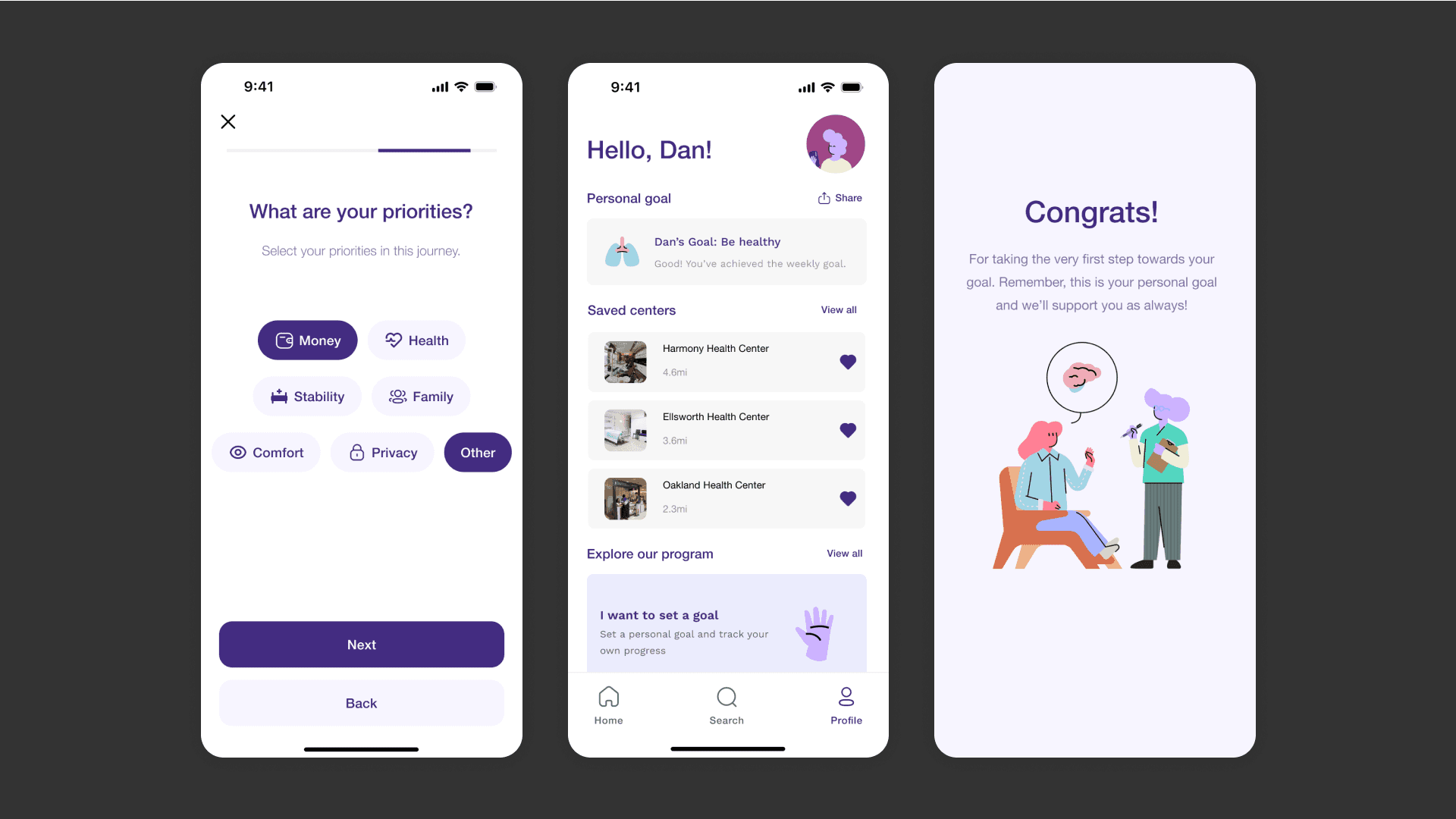Ruby Wu
Leading the Berry App project, I focused on strategic stakeholder engagement to ensure our redesign asked the right questions at pivotal moments. This approach allowed us to craft an app distinct for its targeted support and stigma-free environment, significantly improving accessibility and user engagement.
Client
University of Pittsburgh Medical Center (Dr. Paul J. Joudrey)
Year
2024
Team
Ruby Wu / Product Designer
Sam Ho / Product Designer
Jiwon Pyo / Product Designer
We succeeded in turning research concepts into digital deliverable from scratch.
We designed an app from 0 to 1 with a design system for harm reduction with a research team from University of Pittsburgh.
The topic was broad, so I made sure we asked the right questions.
Leading the Berry App project, I focused on strategic stakeholder engagement to ensure our redesign asked the right questions at pivotal moments. This approach allowed us to craft an app distinct for its targeted support and stigma-free environment, significantly improving accessibility and user engagement.
The opioid crisis demands accessible solutions for those in recovery.
Berry App addresses this need with a platform that combines harm reduction and personalized support, prioritizing inclusivity and a judgment-free approach to wellness.
We want to provide opioid users personalized health solutions without stigma.
The primary goal of the Berry App was to provide a supportive and accessible platform for individuals navigating opioid recovery. By integrating a user-centric design with a harm reduction approach, Berry aimed to reduce barriers to recovery such as stigma, accessibility, and lack of personalized care. The app was designed to empower users by providing real-time information, peer support, and personalized tools, making the recovery process more manageable and less intimidating for all users involved.
What are the problems?
Many individuals tend to look up information on Reddit, struggling with opioid addiction and are unaware of the support and resources available to them. This lack of awareness contributes to underutilization of services that could aid recovery, perpetuating the cycle of addiction. Berry aims to address this by enhancing visibility and ease of access to these critical resources through an intuitive digital platform.
A significant barrier in opioid recovery is the deep-seated mistrust in the healthcare system, compounded by unreliable information and communication barriers. These issues make it difficult for individuals to access and stick with treatment programs. The Berry App aims to bridge this gap by enhancing the transparency and reliability of information and improving communication between patients and healthcare providers, ensuring easier and more trustworthy access to needed services.
The stigma associated with addiction prevents many from pursuing recovery, while the overwhelming number of treatment options can paralyze decision-making. Berry App tackles these issues by fostering a non-judgmental community and simplifying the process of finding and choosing the right treatment options for each person, making recovery a more approachable and less daunting journey.
We thought an app designed to provide comprehensive support and resources could solve all the problems.
Our initial solution envisioned an app that would serve as a hub for various recovery resources, including treatment centers, peer navigator support, affordable housing, and educational opportunities. This all-inclusive approach was aimed at creating a robust support system that addressed the multifaceted challenges faced by individuals in recovery and with different priorities.
💬
🏠
🧑🎓
🏥
🤝
🫂
To understand the touch points and opportunities better, we conducted interviews and mapped out user journeys of multiple stakeholders in the recovery ecosystem.
We engaged in thorough interviews with users, their friends and families, and health professionals and peer navigators to create detailed user journey maps. This process uncovered that the critical breakpoint in the recovery journey was helping users physically access recovery centers and connect effectively with the right peer navigators.
We figured that focusing on the walk-in experience is more efficient for getting users the right help.
The insights from our discovery phase highlighted the necessity to focus on the walk-in experience. Users needed more than just information; they needed real, actionable support that could guide them through the process of finding and getting to the right help efficiently.
To prioritize the walk-in information, we focused on features like urgent contact, peer navigator matching, and center details.
Based on our findings, we adjusted the app’s features to focus on urgent contact capabilities, effective matching with peer navigators, and providing essential logistical information like transportation options and what to bring to appointments. This targeted approach ensures the app not only informs but actively supports users in taking the crucial steps toward recovery.
We made sure users got what they needed. By selecting the goals and services users are interested in, personalized recommendation will be shown on the feed and pushed to the top of the searching results.
We designed distinct color blocks and illustrations to help users easily identify the services they are seeking. Additionally, providing access to recent search allowed users to efficiently retrieve information they have looked for previously.
We identified the most important information for users, such as directions and items to bring before visiting. We also set different programs tailored to users, so people can set their personal goals and follow them based on their priorities.
